BCIT Civil Engineering students Ryan Kroeker and Casey von Hahn spend most of their time in Burnaby, British Columbia, studying with the BCIT School of Construction and the Environment. This summer, however, they’re in Kathmandu, Nepal. Ryan and Casey are working as Earthquake Engineering Interns, helping the area become more earthquake resilient. Below is their first blog from abroad. To find more of their stories, click on Casey’s byline above or this link.
This summer, my classmate Ryan Kroeker and I have landed ourselves the opportunity of a lifetime—working in the wild and beautiful city of Kathmandu, Nepal.
We are both civil engineering students entering our fourth year of studies in the BCIT Bachelor of Civil Engineering program. We’re working with a local firm called Earthquake Safety Solutions (ESS), helping them make the community more earthquake-resilient. We also hope to experience as much of this wonderful area as possible.
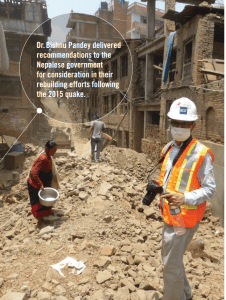
We’re here with one of our BCIT instructors. Earlier this year, Bishnu Pandey was invited to spend a year in Nepal working with the National Society for Earthquake Technology (NSET). Bishnu is one of the founding members of NSET; he helped design their main office in the Bhaisepati area of Kathmandu. We found out he is considered a bit of a celebrity in the office here, as the building is still standing strong after the 2015 earthquake! (He’s also kind of famous at home. Check out this video below of Bishnu on the CBC.) We’ve got Bishnu—along with ESS CEO, Dev Kumar Maharjan—to thank for this adventure.
Earthquake Engineering—a steep learning curve
Work has been very fast paced these first few weeks. On our first morning, we met with Bishnu, Dev, and the rest of the team. We were then given our first crash course in earthquake engineering. It’s an area of study that’s usually studied by fourth year and graduate students. We have a lot to learn, but we have had lots of help from ESS employees, who are extremely friendly and always happy to see what we are working on. It has made up feel very, very welcomed.
It’s been a few weeks and we are starting to settle in properly now. So far, we have had a ton of fun learning about the culture and how everyone goes about life here. The city never seems to stop moving. Currently they are installing water mains everywhere in Kathmandu, so most of the roads and sidewalks are being torn up. We have yet to drive on a road that does not have, at minimum, a two-foot-wide strip of dirt through one or more lanes. In the city, there are tons of colors everywhere and we have both really enjoyed how vibrant everything is.
This past week, Ryan and I started phase 1 seismic vulnerability assessments for some residential buildings in the area damaged in the 2015 earthquake. Phase 1 assessments consist of creating as built drawings of the existing structure using data collected from non-destructive tests and then performing some basic hand calculations to create a structural model. The model is then checked with building code requirements for seismic design to see if they will hold up in the event of another earthquake. Later assessments will involve performing destructive tests and running computer based analyses in order to come up with a suitable retrofitting option.
Eating in Nepal
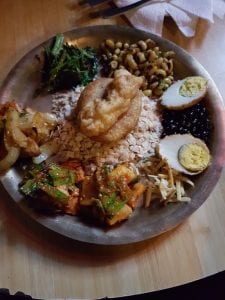
Foodwise, we always look forward to lunches as NSET has a buffet style type setup which is delicious. The lunches are always a variation of Dahl Baht, a Nepalese spread-style meal. It is made up a rice helping, a lentil based soup, some form of vegetables (usually a spinach, fiddlehead fern, or kale-like plant), and a potato dish. They add other things randomly to lunch each day, such as deep fried vegetables, pasta, jackfruit, or a salsa-type dish.
Our home cooking has been interesting to say the least. We are currently experimenting with spices and other ingredients to make our meals more flavorful. Fortunately, there are plenty of local restaurants with fantastic meals in the area which we can visit when we are tired of our own cooking attempts. Mo:mo:, Dahl Baht platters, and samosa dishes have been a hit for both of us. Our favourite places so far have been a café and a pickled food restaurant nearby: both restaurants keep bringing back as much rice, lentils, and vegetables as we can eat!! At home, our most interesting cooking experience has been making Mo:mos. They are very similar to dumplings; a dough is wrapped around a filling and then steamed or fried. The dough is wrapped in a spiraling pattern, which took some time to figure out how to do. During our cooking extravaganza, we ran out of the vegetable filling we had prepared and ended up trying random ingredients with the remainder of our dough. We tried peanut butter, cheese, and banana mo:mos. They worked out pretty well!
We are both very happy with how everything has gone here so far and are really looking forward to what is in store for the rest of our summer. We hope to keep you as updated as much as possible!
In the meantime, here are a few photos we’ve taken along the way.
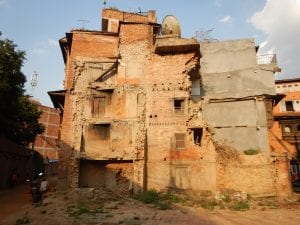
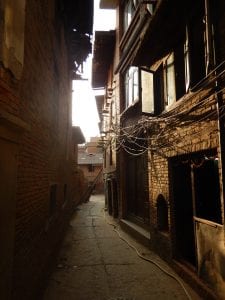
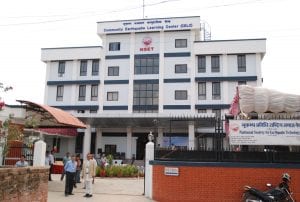
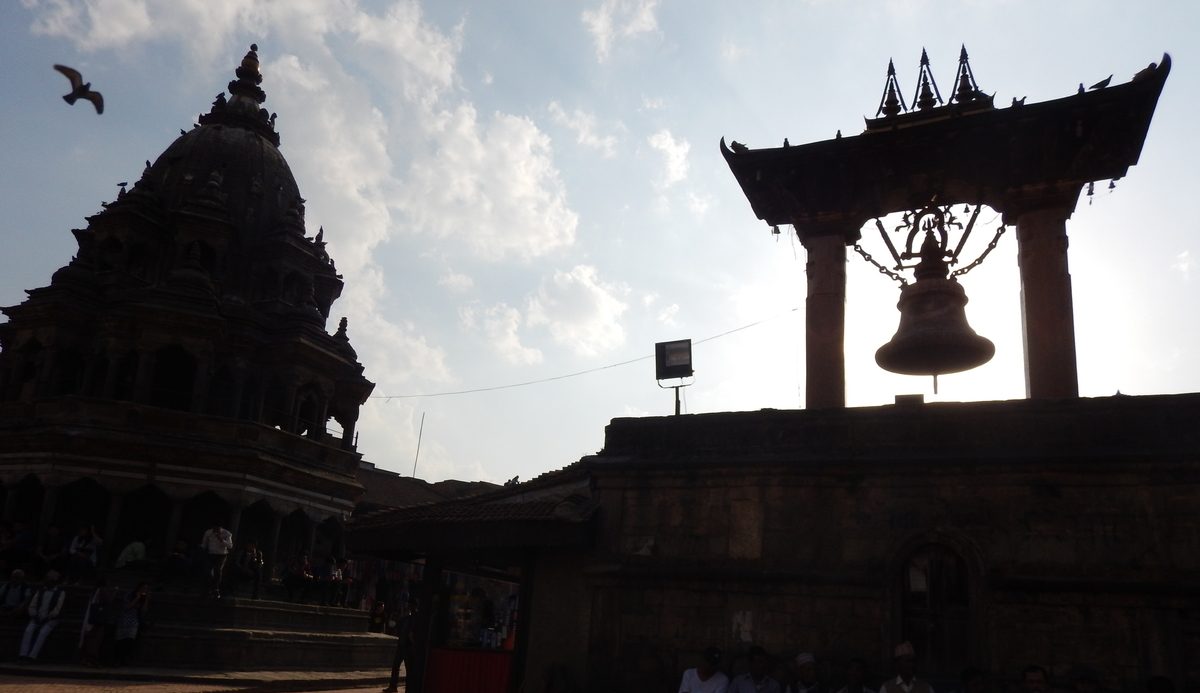
Thanks for sharing!
This is going to be a learning experience of a life time. Enjoy the journey Casey and I will live vicariously through your blog.
Your aunt,
Marion
Good to read about your summer, Casey.
It is great to receive your updates, all the best and I agree with your aunt…it is a learning experience of a life time, soak it up
Thankyou I think you eat better than us. I love to see the architecture, but would be scared to stand under one or two of them. Also I love to see the faces of the locals, as well as yours of course!